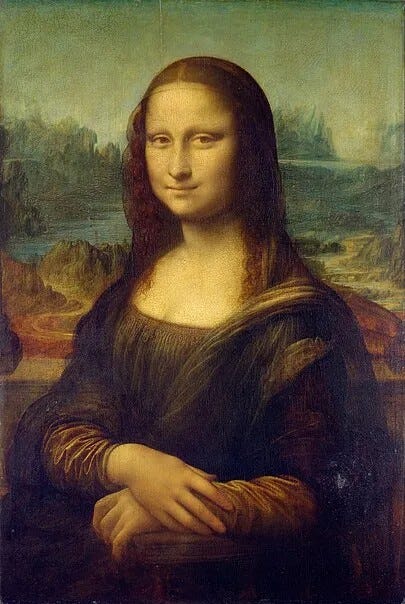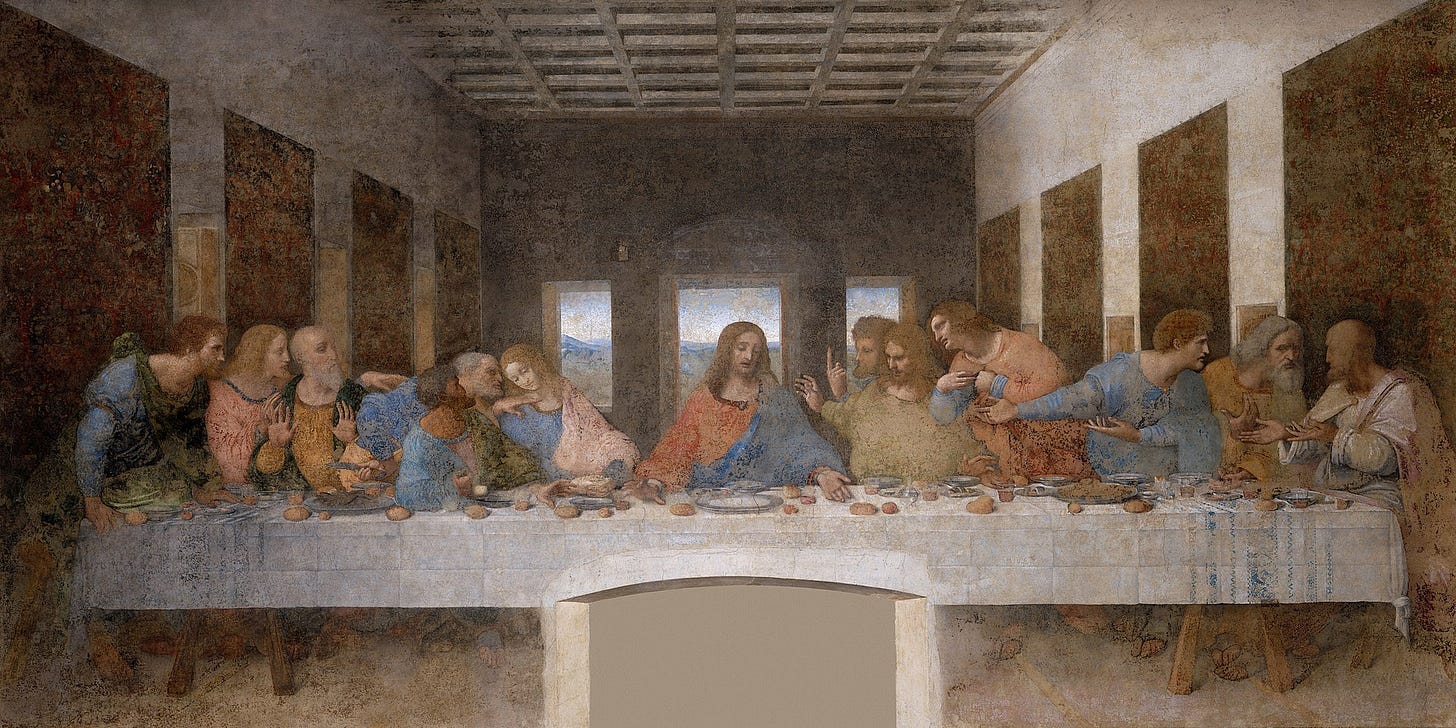
When we hear the name Leonardo da Vinci, one image often comes to mind: the enigmatic smile of the Mona Lisa. But da Vinci was far more than a single painting — he was a visionary, a scientist, an inventor, and a relentless seeker of knowledge. His contributions to art, anatomy, engineering, and beyond have cemented his status as one of history’s greatest polymaths.
Early Life and Education
Leonardo da Vinci was born on April 15, 1452, in the small town of Vinci, in the Republic of Florence (now part of modern-day Italy). He was the illegitimate son of Ser Piero, a wealthy notary, and a peasant woman named Caterina. Despite his illegitimacy, he was raised in his father’s household, where he received an informal education in reading, writing, and mathematics.
At around the age of 14, he was apprenticed to Andrea del Verrocchio, one of Florence’s most prominent artists. In Verrocchio’s workshop, he honed his skills in painting, sculpture, and mechanical arts. It was here that he was first exposed to the techniques of Renaissance art, including perspective and anatomical study. Legend has it that Leonardo contributed to Verrocchio’s painting The Baptism of Christ, particularly in the angel figure, which was said to be so masterful that Verrocchio himself vowed never to paint again.
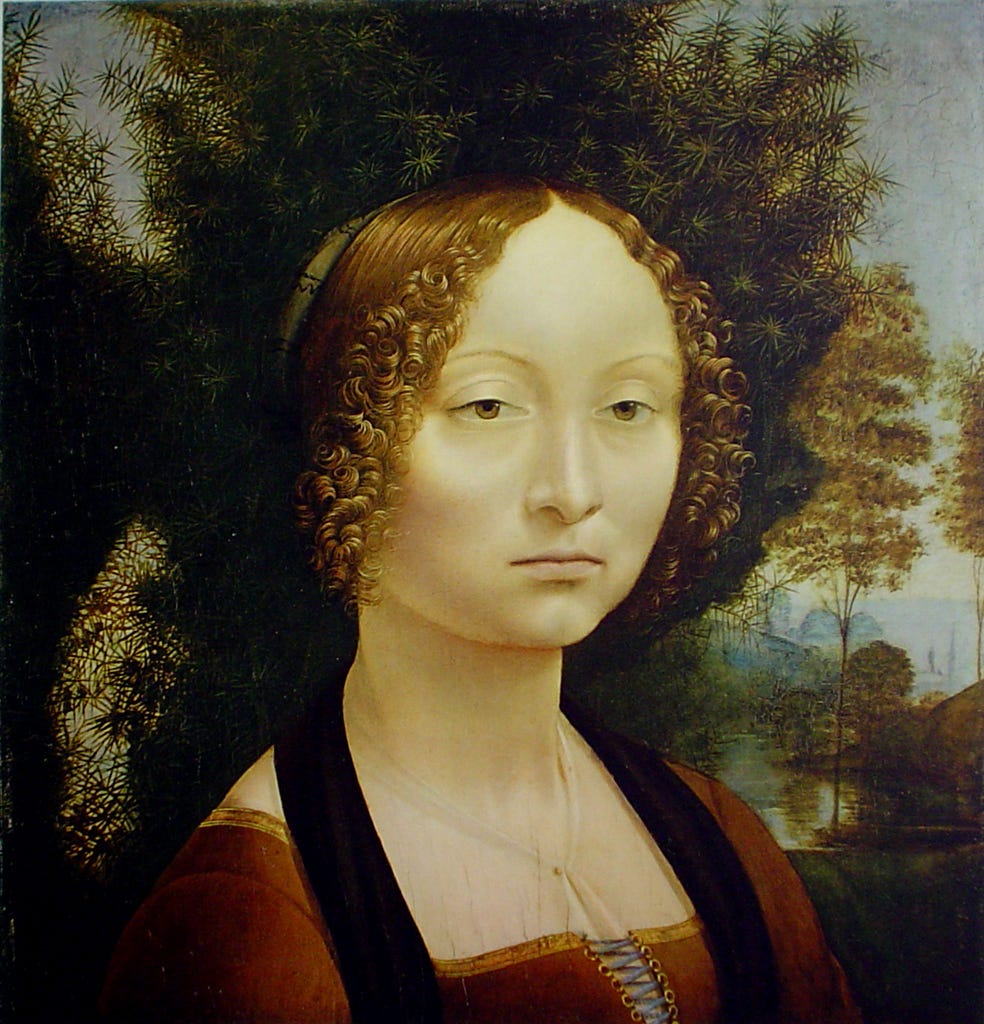
A Mind Beyond Its Time
Da Vinci’s insatiable curiosity drove him to explore nearly every field of study available in the Renaissance. He meticulously studied human anatomy, dissecting cadavers to create some of the most detailed anatomical drawings of his time. His sketches of the human body, muscles, and internal organs weren’t just artistic renderings; they were scientific studies that helped shape modern medical understanding. Some of his most famous anatomical drawings include The Vitruvian Man, a study of human proportions based on the writings of the ancient Roman architect Vitruvius, and his detailed sketches of the human heart and vascular system, which were remarkably accurate for his time.
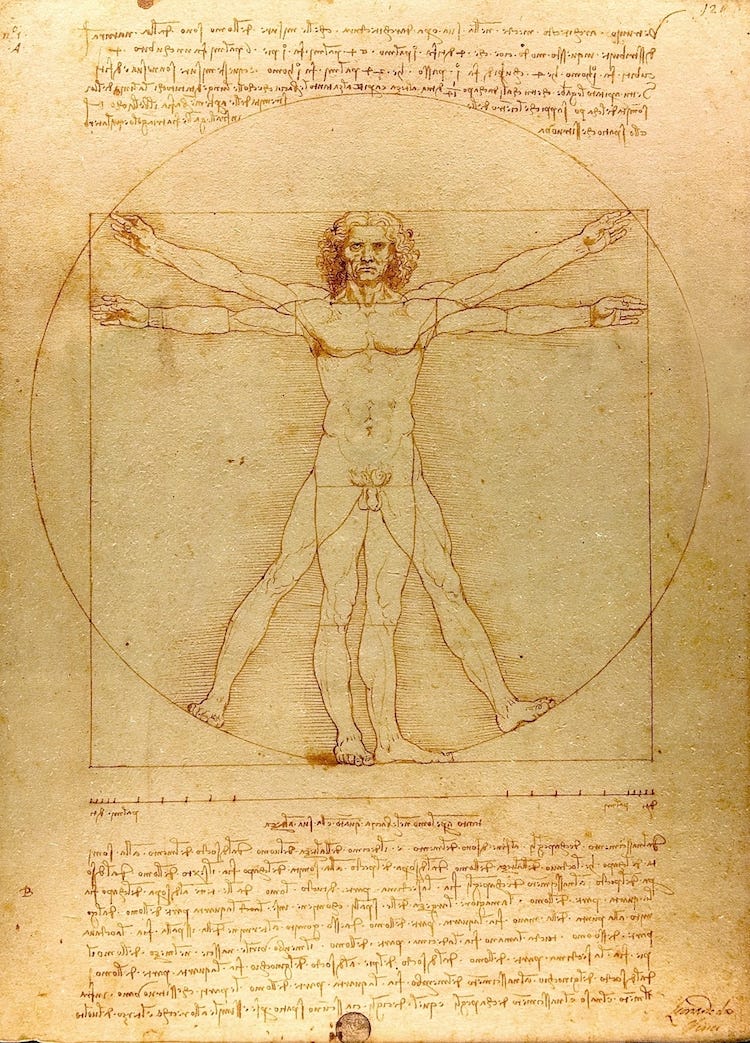
Beyond anatomy, he envisioned machines that were centuries ahead of their time. His notebooks are filled with designs for flying machines, armored vehicles, hydraulic systems, and even an early version of a robotic knight. One of his most famous engineering concepts was the aerial screw, often considered a precursor to the modern helicopter. Though never built in his lifetime, his deep understanding of aerodynamics showed remarkable foresight. He also designed an early version of a tank, complete with gears and mechanisms to move in all directions — ideas that would inspire military engineers centuries later.
The Painter and the Scientist
While da Vinci’s paintings remain among the most celebrated works of art, his approach to painting was deeply scientific. He pioneered techniques such as sfumato, the delicate blending of colors to create realistic transitions of light and shadow, most famously used in Mona Lisa. His masterpiece The Last Supper showcases not only his artistic talent but also his understanding of perspective, composition, and human emotion. The scene captures the moment Jesus announces that one of his disciples will betray him, and da Vinci masterfully conveys the shock, confusion, and emotion through each figure’s gestures and facial expressions.
Another of his great works, The Adoration of the Magi, remains unfinished, but even in its incomplete state, it reveals his innovative use of perspective and dynamic composition. His painting Saint John the Baptist is another example of his mastery of light and shadow, portraying the saint in a mysterious, almost androgynous manner, with an enigmatic smile reminiscent of the Mona Lisa.
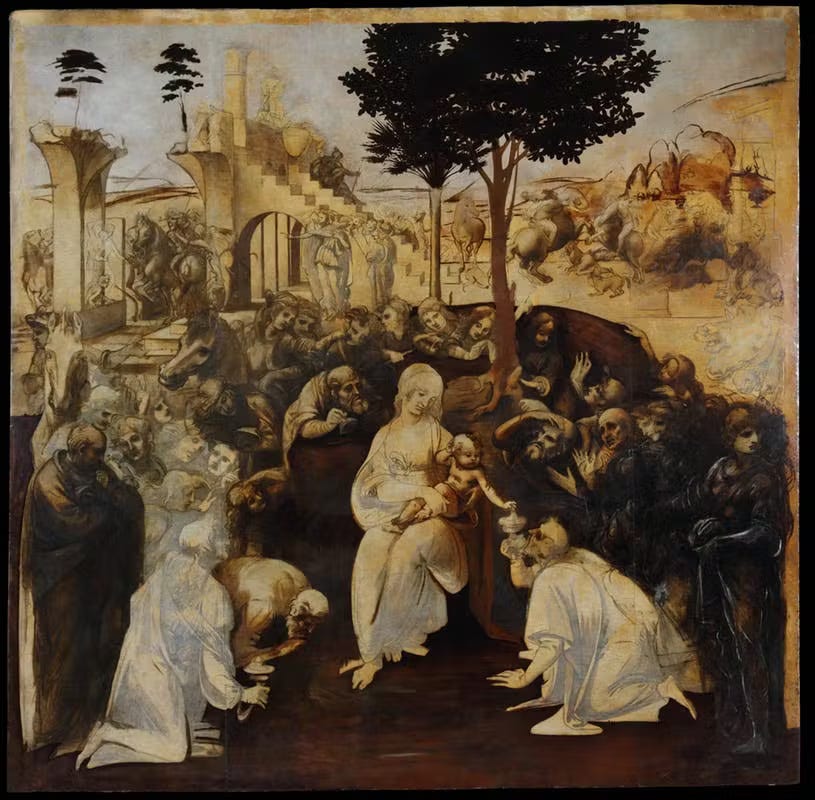
His obsession with observation and precision made his art unique. He would spend years studying the way light played on objects, how muscles moved beneath the skin, and how emotions subtly shaped facial expressions. To da Vinci, painting was not just an art form — it was a way to study and document the natural world. His ability to merge art and science made his works feel more lifelike and profoundly different from those of his contemporaries.
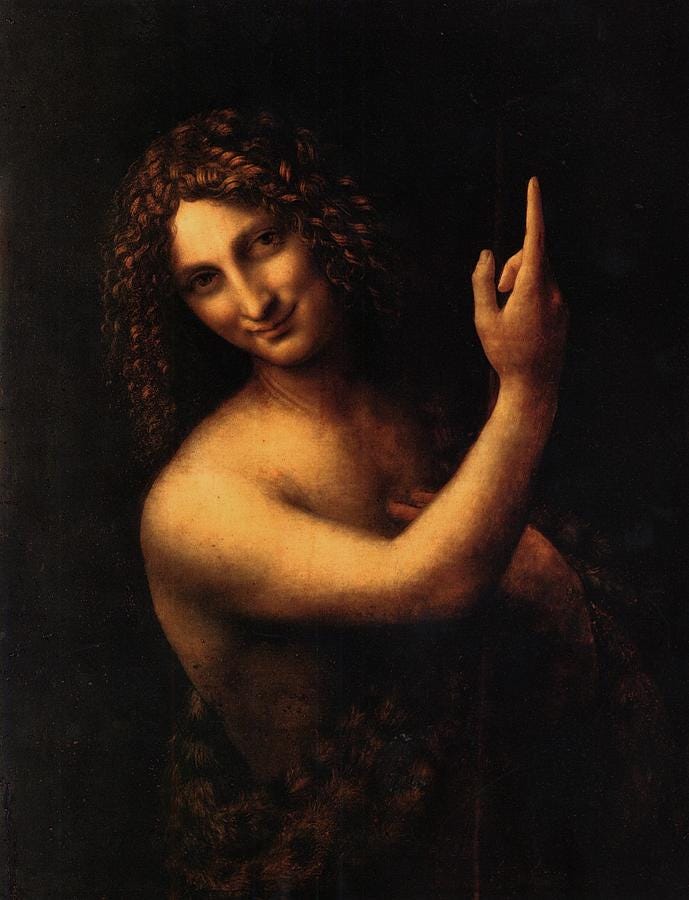
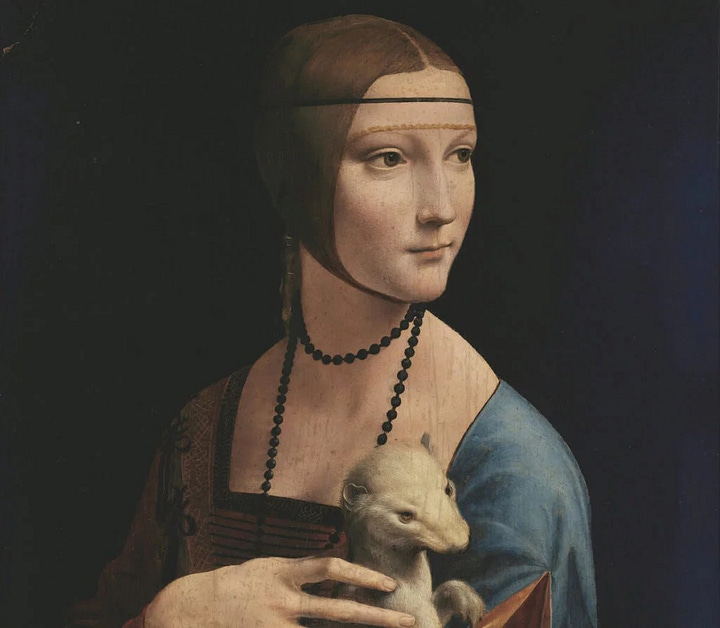
His Scientific and Engineering Genius
Leonardo da Vinci’s mind extended far beyond art. His scientific observations and engineering designs were incredibly ahead of his time, demonstrating a level of intellectual curiosity that knew no bounds. His notebooks, filled with thousands of pages of sketches and writings, cover topics ranging from anatomy, geology and hydrodynamics to optics and physics. His observations of water movement were groundbreaking, leading to insights into fluid dynamics that were centuries ahead of their time.
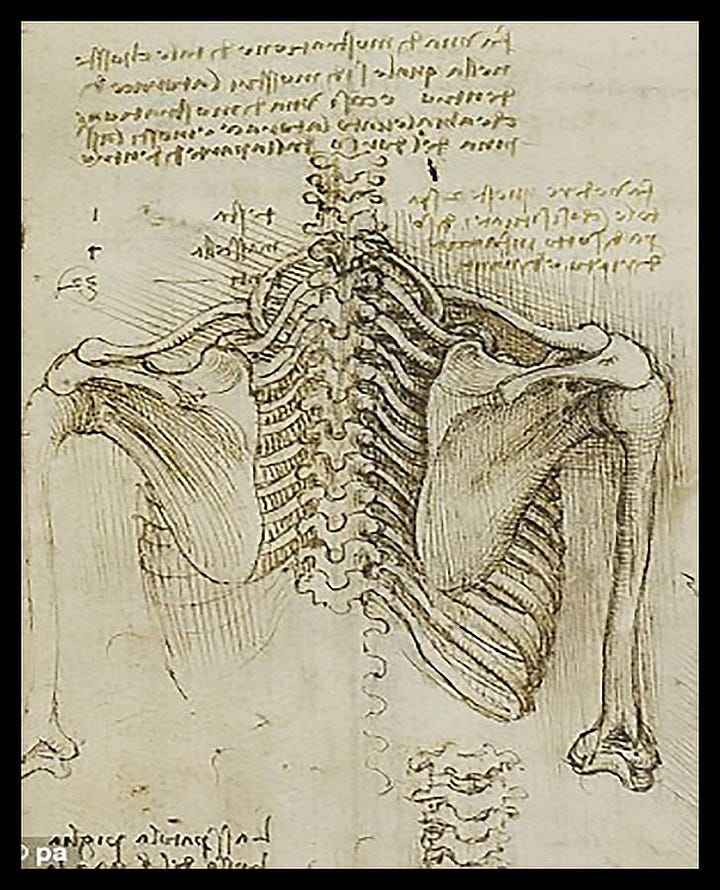
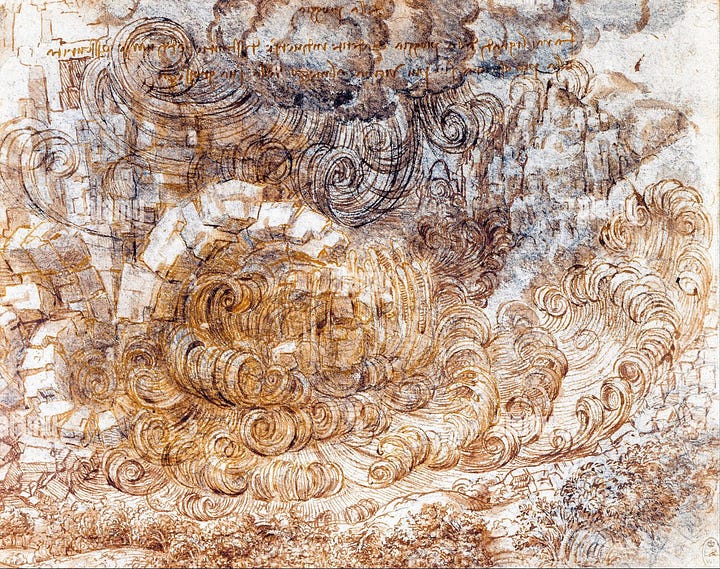
He also studied the flight of birds extensively, which informed his designs for flying machines. His sketches of wing structures and aerodynamic principles show a deep understanding of the mechanics of flight. One of his more curious inventions was a diving suit, designed for underwater exploration, featuring breathing tubes connected to floating air supplies — a concept not fully realized until centuries later.
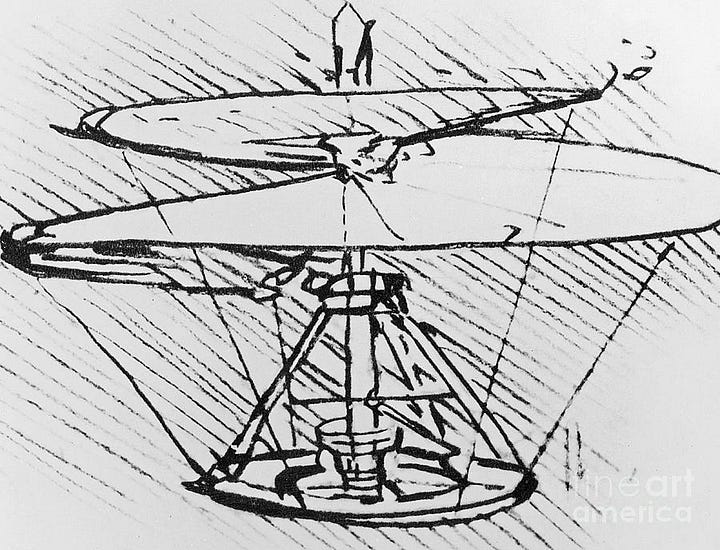

Later Years and Death
In 1516, Leonardo da Vinci left Italy and moved to France at the invitation of King Francis I, who admired his work and granted him a residence at the Château du Clos Lucé. There, he continued his studies and worked on projects for the king, although much of his later work was focused on theoretical studies rather than finished paintings.
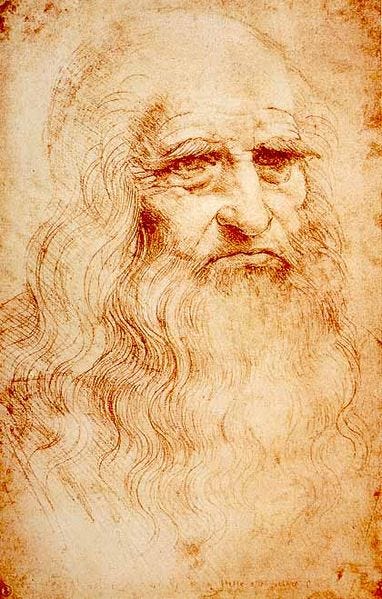
Leonardo died on May 2, 1519, at the age of 67 in France. According to legend, King Francis I was at his bedside when he passed away, though historical accuracy of this account is debated. He was buried at the Church of Saint-Florentin in Amboise, though his grave was later lost during the French Revolution.
Legacy and Influence
Leonardo da Vinci’s genius extended into nearly every discipline, making him one of the most versatile minds in history. While his Mona Lisa may be the most famous painting in the world, his true legacy lies in his relentless pursuit of knowledge and his ability to see connections between art and science. His work influenced countless artists, scientists, and engineers long after his time.
Even today, his influence persists. Scientists have revisited his anatomical studies to confirm their accuracy, engineers have analyzed his designs for inspiration, and artists continue to be captivated by his techniques. His notebooks serve as a testament to the boundless curiosity and imagination of one of history’s greatest thinkers.
Leonardo da Vinci was more than just an artist — he was a thinker, a dreamer, and a visionary whose ideas still inspire us today.
Resources
For those interested in learning more about Leonardo da Vinci, here are some recommended books and resources:
Leonardo da Vinci by Walter Isaacson – A comprehensive biography exploring his life and work.
Leonardo on Painting – A collection of his writings on art and technique.
The Codex Atlanticus – A compilation of Leonardo’s scientific and engineering sketches, available through Biblioteca Ambrosiana. Visit Biblioteca Ambrosiana
The Louvre Museum’s website – Features high-resolution images of Mona Lisa and Saint John the Baptist. Visit The Louvre
The Royal Collection Trust – Holds many of his anatomical drawings and notebooks, accessible online. Visit The Royal Collection Trust
The Uffizi Gallery – Home to The Adoration of the Magi and other works. Visit the Uffizi
The Leonardo da Vinci Museum in Vinci, Italy – Showcases replicas of his inventions and insights into his early life. Visit The Leonardo da Vinci Museum
Strokes of Genius is Kent’s journal of his exploration into the world of art history — learning, reflecting, and sharing discoveries along the way.




